Khagrachari, Nov 15 (V7N)- The Rasa Festival, deeply rooted in Hindu tradition, is a spiritual and cultural event that commemorates the divine love and pastimes of Lord Shri Krishna. Celebrated with grandeur in Khagrachari, Bangladesh, this festival has become a beacon of devotion, unity, and tradition. Its origins and evolution offer a fascinating glimpse into the cultural history of the region and the enduring power of faith to bring people together.
The Origins of the Rasa Festival:
The Rasa Festival, or Rasa Lila, finds its origins in the Bhagavata Purana, where Lord Krishna's divine dance with the Gopis under a full moon in Vrindavan is narrated. This celestial dance, symbolizing the union of the divine and the human spirit, celebrates selfless love and devotion. Over centuries, the festival evolved, becoming a cornerstone of Hindu cultural and religious practices.
Initially observed in Vrindavan, the Rasa Festival spread across the Indian subcontinent, with local adaptations reflecting regional traditions. In Bangladesh, particularly in Khagrachari, it holds special significance, drawing devotees from diverse communities who gather to honor Krishna’s divine pastimes and seek blessings for peace and prosperity.
Rasa Festival in Khagrachari:
Khagrachari’s Shri Shri Lakshmi Narayan Temple serves as the heart of the Rasa Festival. Celebrated annually with devotion and enthusiasm, the festival has grown from humble beginnings into a grand event that attracts thousands of visitors. This year, the four-day festival commenced on November 14, with rituals and festivities continuing until November 17.
The temple premises come alive during the festival with vibrant displays of devotion. Rituals such as Rasa Puja and Maha Naam Yajna (chanting ceremonies) are performed, with devotees praying for world peace and harmony. The temple’s surroundings are adorned with lights and decorations, creating an atmosphere of spiritual celebration.
A key feature of the festival is the depiction of Krishna’s divine pastimes through exhibitions and performances. These presentations not only narrate stories of Krishna’s life but also inspire devotion and understanding of Hindu mythology.
The Festival Fair:
The Rasa Festival in Khagrachari is accompanied by a lively fair that showcases the region’s cultural diversity. Temporary stalls offer traditional crafts, festive foods, and other items, transforming the temple grounds into a bustling marketplace. The fair provides a space for social interaction, where people from various communities come together to celebrate the spirit of the festival.
Fostering Unity:
One of the most striking aspects of the Rasa Festival is its inclusivity. Though rooted in Hindu traditions, it attracts people from various religious and cultural backgrounds. The festival’s universal themes of love, devotion, and unity resonate with all, fostering a spirit of harmony in the region.
Conclusion:
The Rasa Festival in Khagrachari is more than a religious event—it is a celebration of tradition, unity, and spirituality. Rooted in the divine tales of Shri Krishna, it continues to inspire devotion and bring communities together, ensuring that its legacy endures for generations to come.
END/BT/SMA/AJ



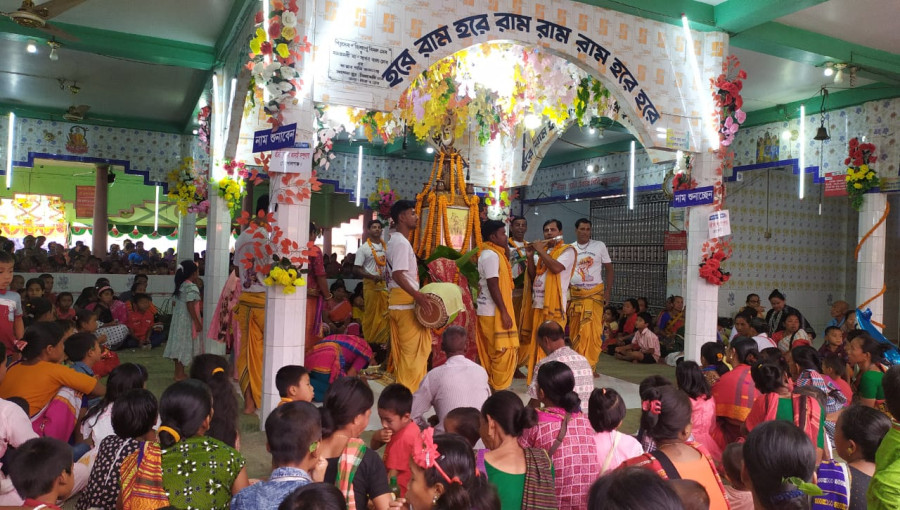
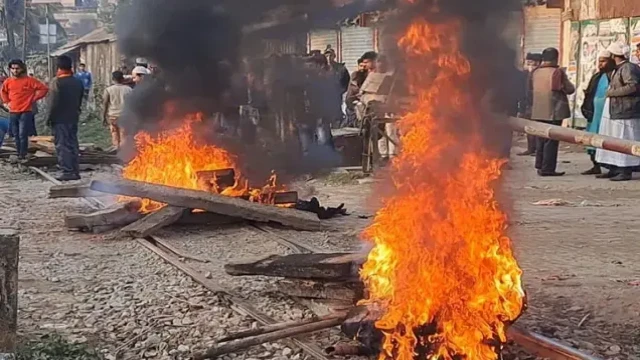
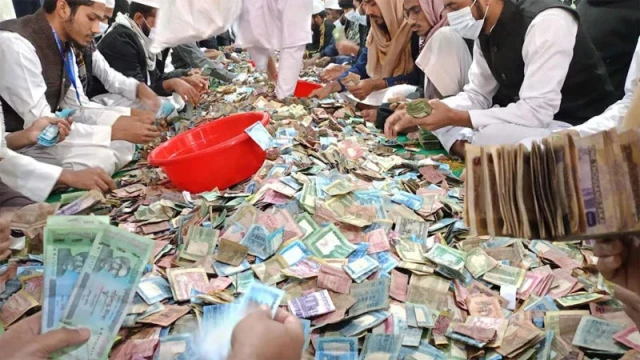
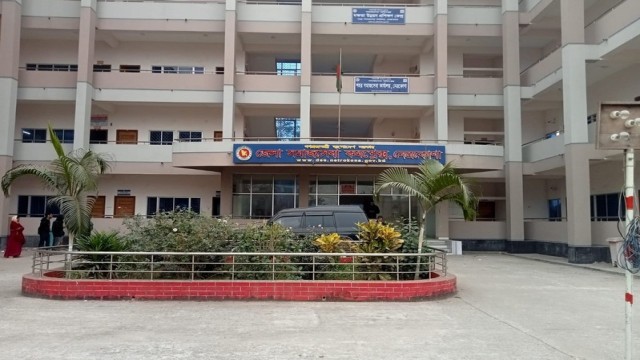
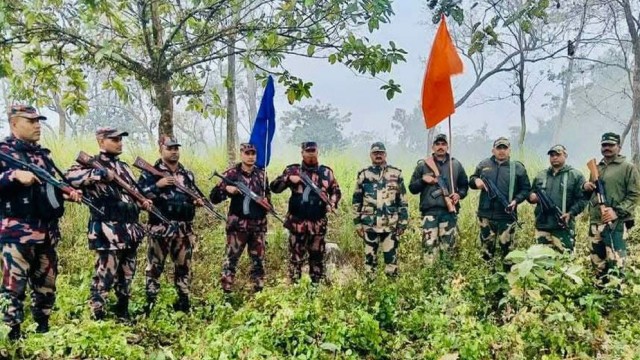
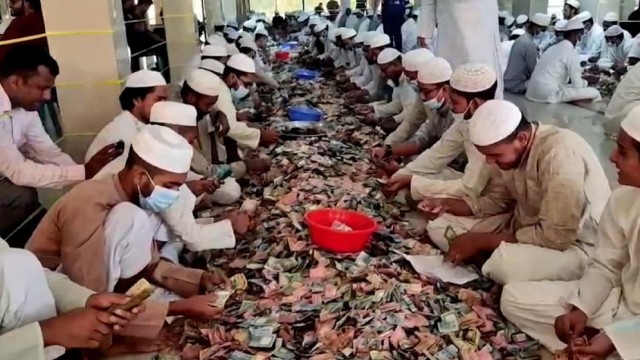

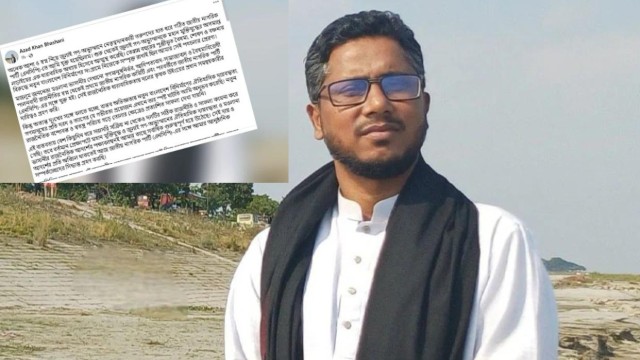
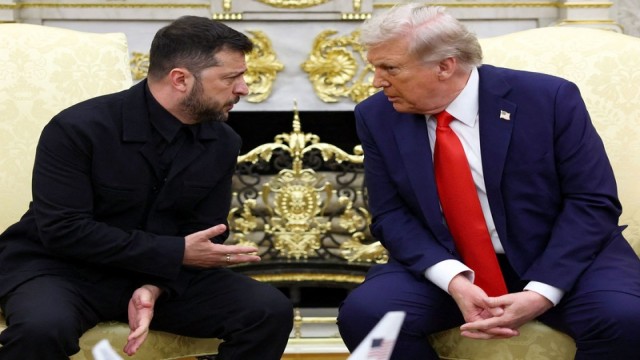
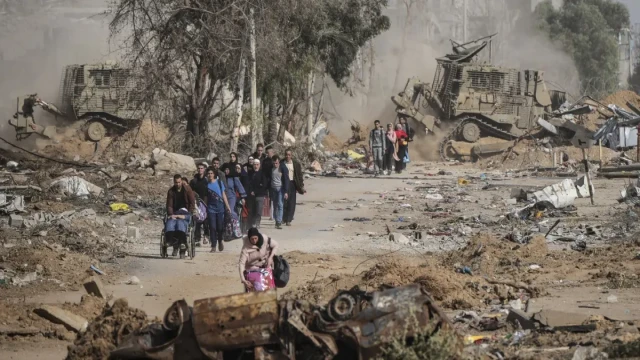
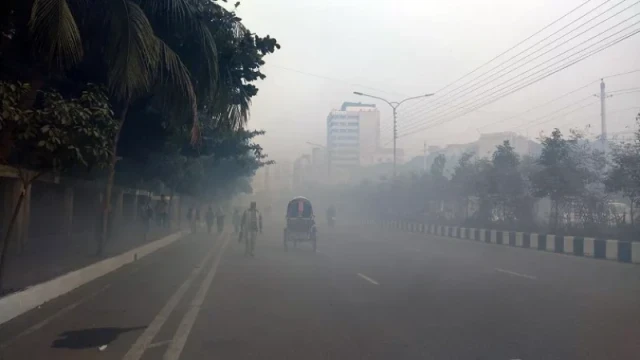
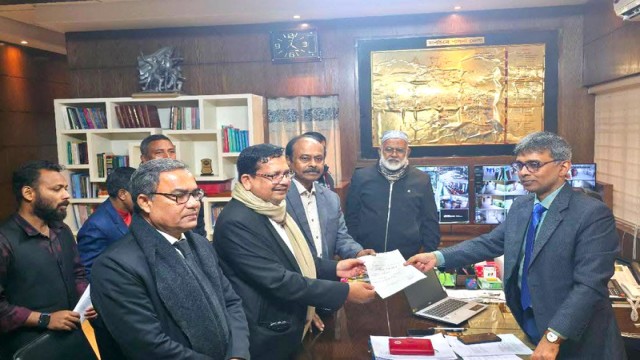
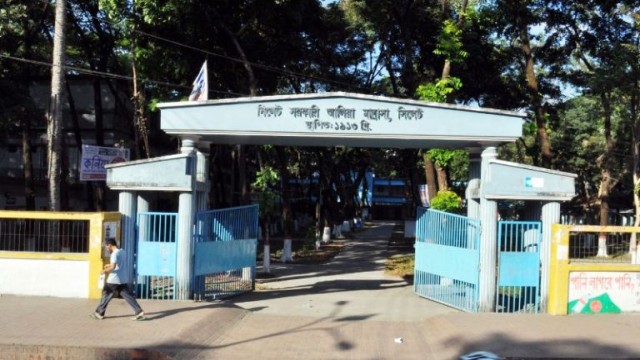
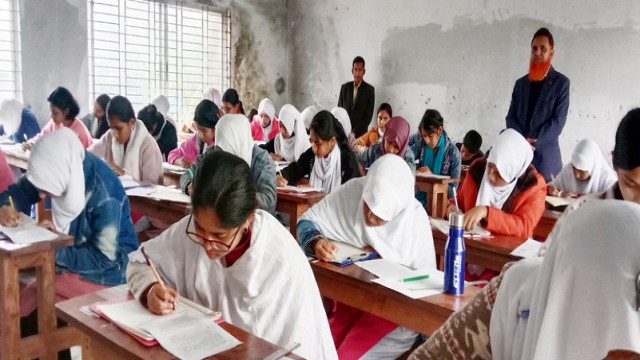
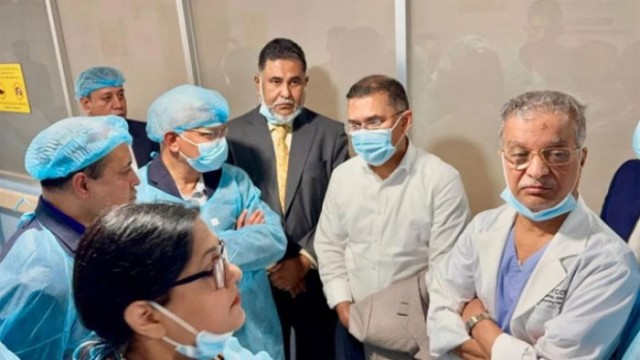
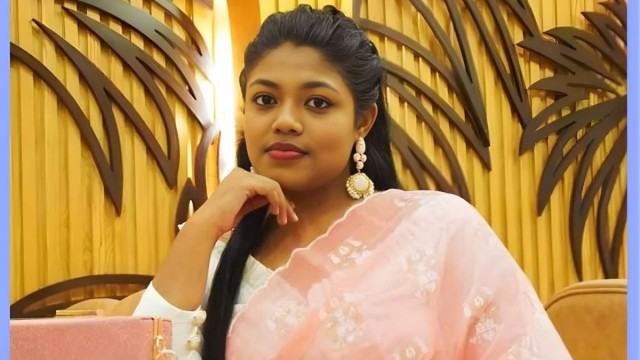


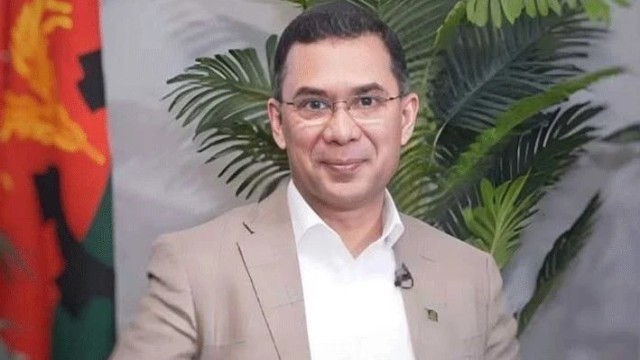

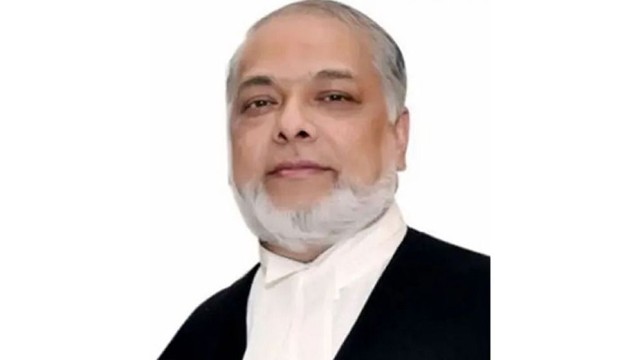
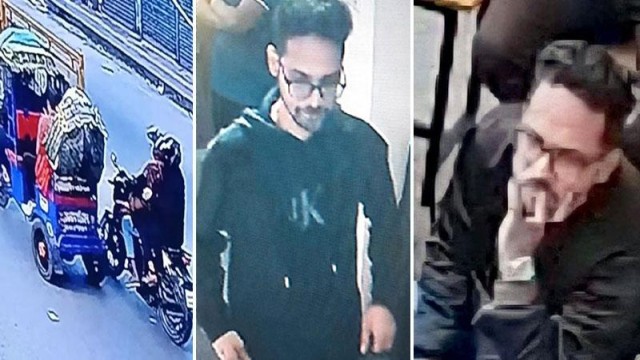
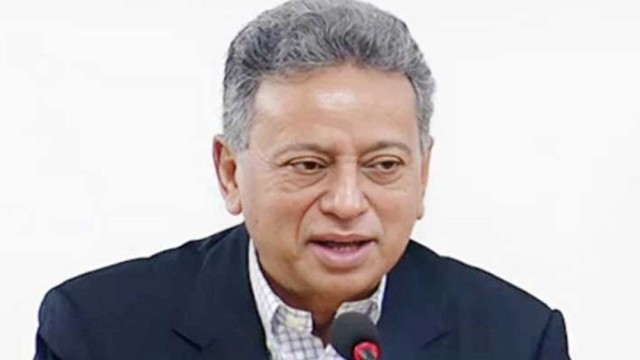
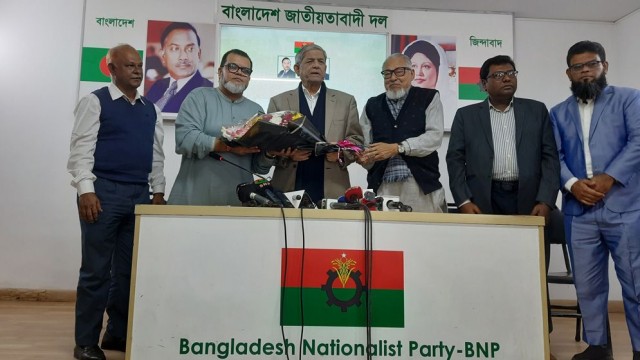
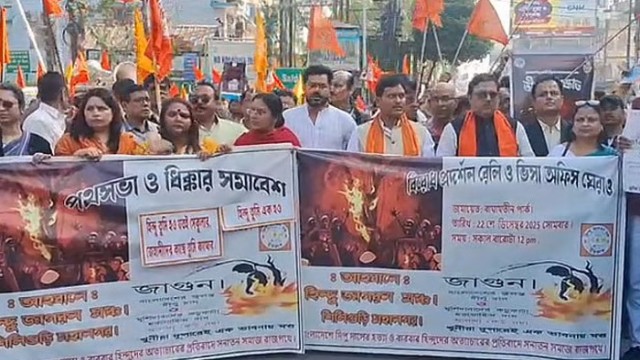
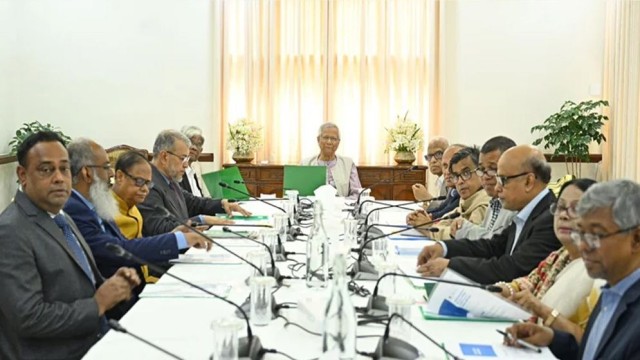
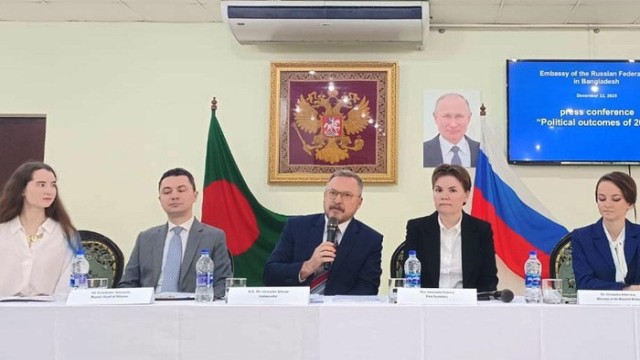
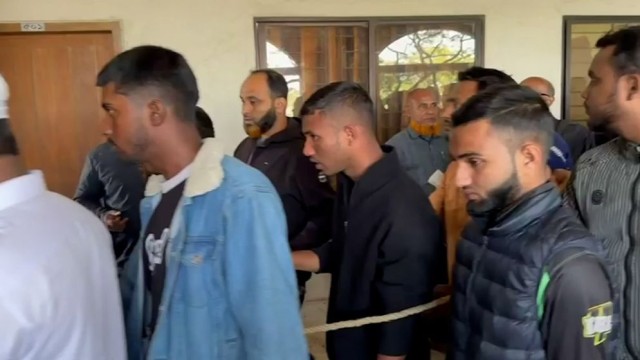
Comment: